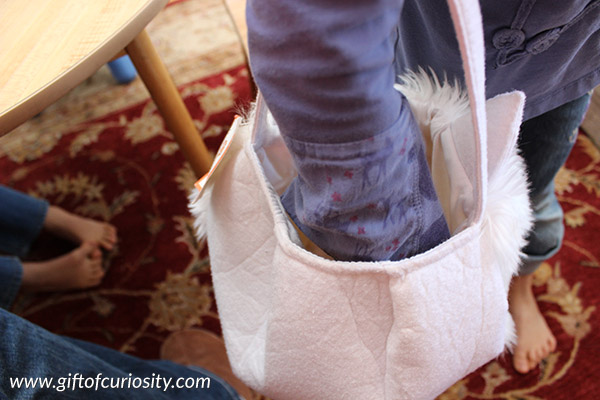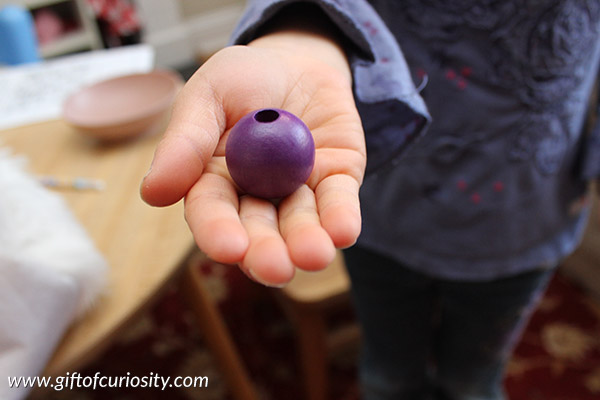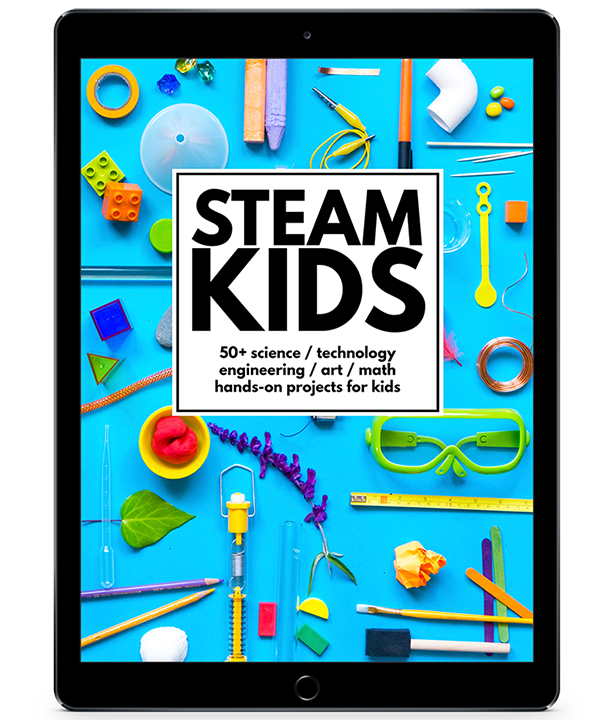This post may contain affiliate ads at no cost to you. See my disclosures for more information.
Probability is the likelihood of something happening. An understanding of probability is useful in many domains of life. For example, we can look at the weather forecast to determine the likelihood that it will rain so we can make an appropriate decision about whether to carry an umbrella or not. Or we can listen to the traffic report to determine the likelihood we will make it to the store 10 miles up the freeway before it closes.
When I worked in educational research, I performed complicated statistical analyses that required an understanding of probability. Now, young kids do not need to know the kind of statistics I was doing as a graduate student, but I do want my kids to begin understanding the concept of probability in an age-appropriate way.
This is a very simple and fun way to introduce your kids to the concept of probability. I did this activity with XGirl and we had a lot of fun doing this together.
Note: Looking for other ways to make math hands-on and fun? See my Math Activities for Kids page!

I started by filling a bowl with small objects. I used purple and white dots from our Spielgaben set, but you can do this activity with literally any material you have on hand that comes in two different colors. Look around and see if you have LEGO pieces, paperclips, pencils, straws, or some other object in two different colors.
For our first discussion on probability, I placed just four white dots in a bowl with many more purple dots. XGirl and I looked at the dots and she could identify that there were more purple than white dots. I asked her to predict what color dot she would most likely pull out if she were to cover her eyes and grab one without looking. She said “purple.”

So we tested that theory. She covered her eyes.

She reached her hand into the bowl and selected a dot. The first several dots she selected were purple, just as she had predicted.

She continued covering her eyes and grabbing dots. Eventually she did select a white dot, which was bound to happen of course.

Once she has grabbed all of the dots, we did a slightly different version of the activity. I showed her five purple balls and five yellow balls. Given that there was an equal number of purple and yellow balls, we discussed whether she was more likely to select a purple ball or a yellow ball. (The answer, of course, is that both outcomes were equally likely for the first draw.)

I placed the balls into a bag for her to grab.

Each time she grabbed a ball, I asked her to predict what color she would grab next, and to support her prediction with evidence.

As you can see, this is a very simple activity that would be great for kids in pre-kindergarten and kindergarten. And it’s a fun way to make math hands-on and engaging for kids.
Looking for more hands-on activities that incorporate Science, Technology, Engineering, Art, and Math (STEAM)? Then you’ll love STEAM Kids! This book features 52 hands-on activities are helpfully identified by category (science / technology / engineering / art / math) so you know exactly what skills your kids are developing.
Grab a copy of the e-book delivered as a PDF download (or this e-book for EU residents) and in print at Amazon.
More resources for teaching math
More math activities from Gift of Curiosity:
- Building a 3D rainbow measurement activity
- Advanced sorting with Venn diagrams
- Adding with chain links
- Matching and ordering by size
- Teaching combinations of 10
- Estimating an apple’s circumference
- Math practice with numbered dice
- Put the numbers on the clothesline
- Road numbers
For more activities, resources, and printables for teaching math, see my Math Activities for Kids page and my Math Pinterest board.




